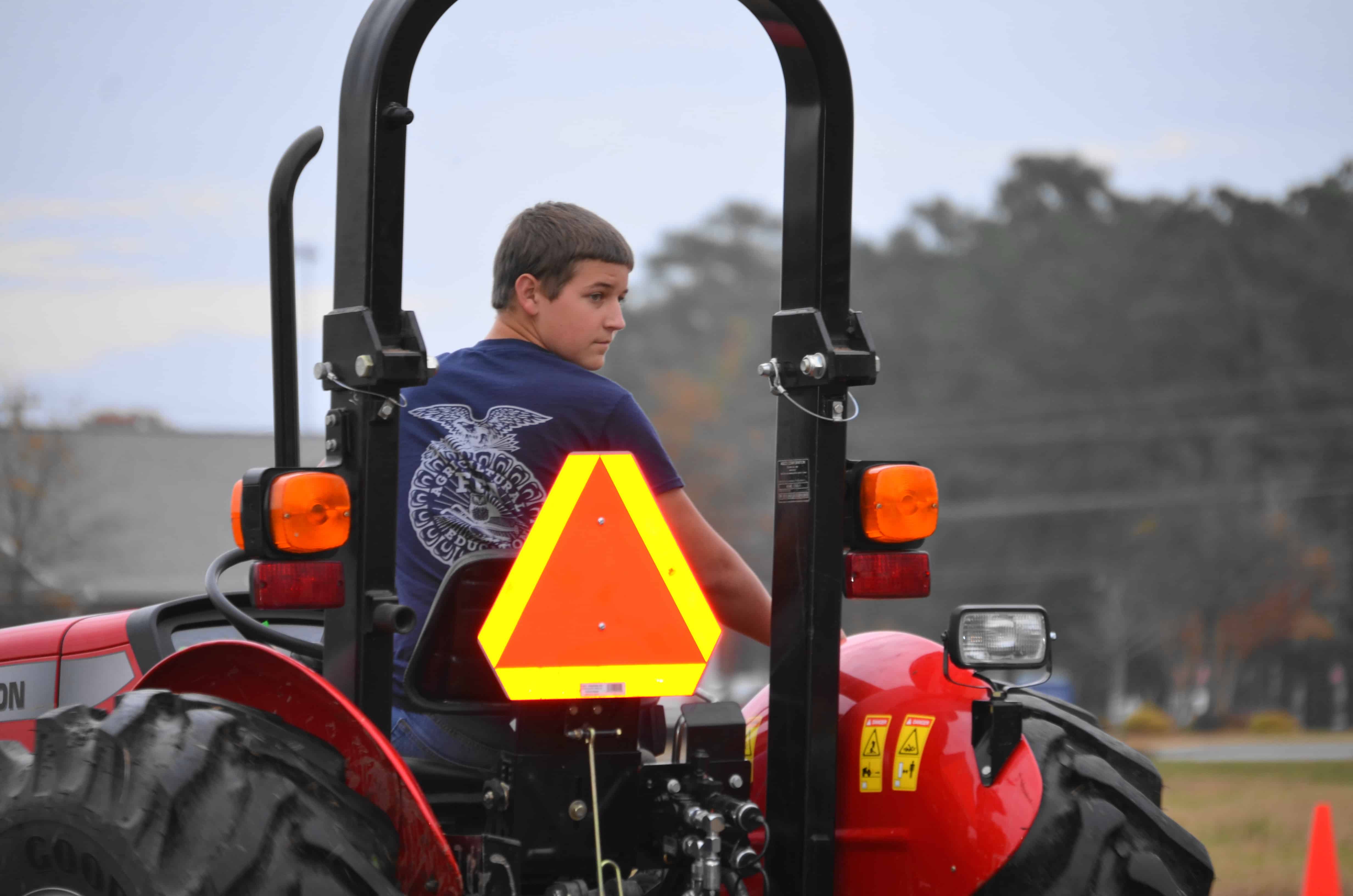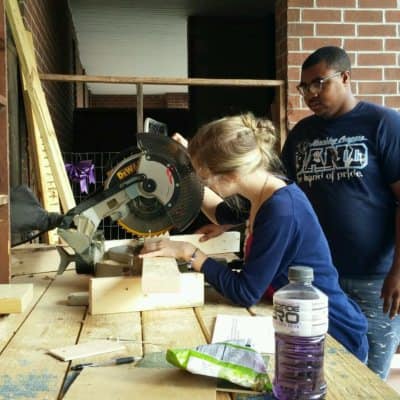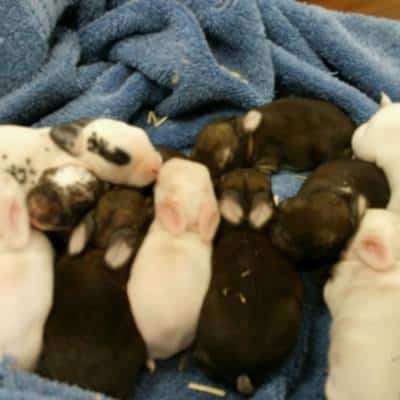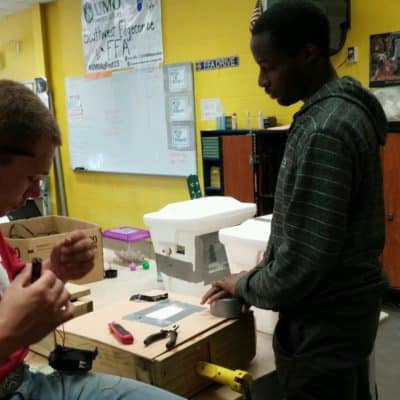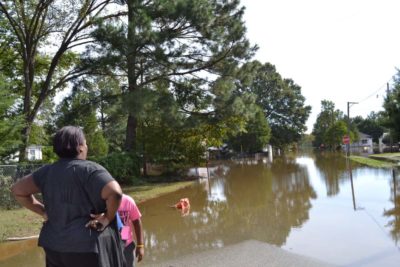September 22 marked the seventh annual “Teach Ag Day,” founded by the National Association of Agriculture Educators, to promote agriculture education as a career. There are over 300 agriculture education programs across our state with over 400 dedicated teachers that are preparing the future leaders of agriculture. Agriculture education is alive and well in North Carolina, and I am proud to be a part of it.
Agriculture education encompasses many class choices, depending on the school. In addition to content, students engage in leadership development through FFA and gain work skills through their Supervised Agriculture Experience (SAE) program. These three pieces encompass a model that supports the development of the whole student and prepares them for anything they may face after high school, whether it is college, trade school, military, or the workforce.
The content aspect of the agriculture education model is what most people think of when learning that a student is taking “ag ed” in school. It is the most prominent piece and forms a base for the entire program. Just as agriculture is a diverse field, so are our course offerings. In North Carolina, there are over 20 high school and middle school agriculture courses. These range from production to mechanics and from veterinary science to biotechnology. Agriculture education courses are hands-on and include STEM concepts on a regular basis. Every course is important and fits a niche to further agriculture in Edgecombe County, North Carolina, the United States, and the world.
The students in my classes today will be facing a challenge in the years to come. We must find a way to feed, clothe, and house over 9 billion people worldwide by the year 2050. To make it more of a challenge, we must do it with less land, fewer natural resources, and stricter regulations than any time in the past. To give a comparison, in 2016, we have an estimated 7.5 billion people in the world. That means, in just over 30 years, we are expected to grow our population by over 1.5 billion people. This will affect every one of my students, whether they go into production agriculture or not. I feel confident, however, that my students can tackle this challenge.
The second aspect of the agriculture education model, FFA, stands for “Future Farmers of America” reflecting our history, and is the leadership component of the agriculture education program. Schools have FFA chapters which are student-led and they are responsible for planning and conducting meetings, fundraisers, service activities, and preparing for Career Development Events (contests).
Career Development Events are designed to challenge students in problem-solving and applying industry related skills learned in class to real life problems. A few examples are livestock evaluation, dairy foods, agricultural sales, farm business management, agriculture mechanics, tool identification, and public speaking. The agriculture education teacher’s role is, as an FFA advisor, to advise the students while they’re planning and preparing for events. At my school, our FFA chapter is very service-focused and regularly conducts service projects such as organizing a pet food drive, gleaning sweet potatoes, maintaining a community garden, selling concessions at the Pinetops 300’ tractor pull, and assisting wherever else we can for the school or community.
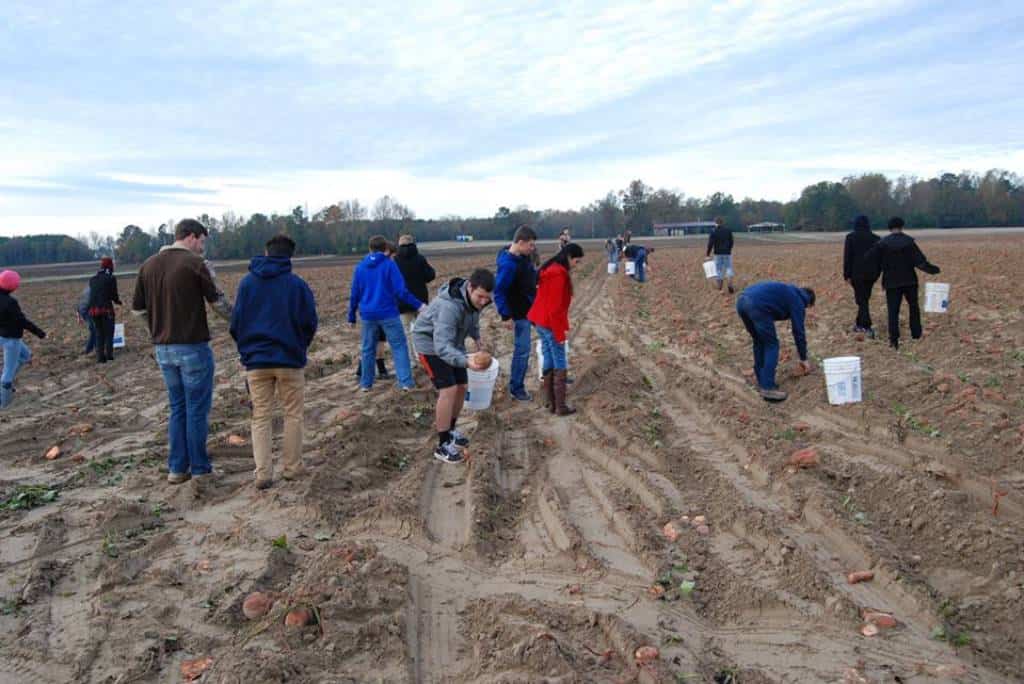

The final piece of the agriculture education model is the students’ Supervised Agriculture Experience (SAE) program. The SAE is an agriculture-focused project that the student designs and implements outside of school hours. Their project may be on- or off-campus.
The projects are as diverse as our students. One of my student’s SAE projects is working at her family’s zoo. Another works at a restaurant. Two are gaining experience at a veterinarian’s office. One is doing a nutrition study with chickens. And yet another farms with their grandfather. There is a common theme among the SAE projects though. They all teach record-keeping skills, time management, analytical thinking, decision making, work skills, discipline, and responsibility.
Each agriculture education program in the United States is unique and this holds true in North Carolina. While each program will have the three components discussed, each will have unique characteristics that make them them.
